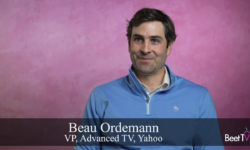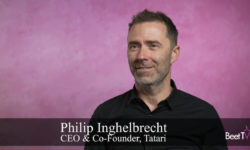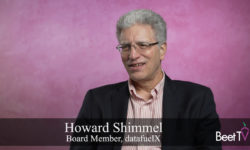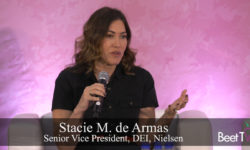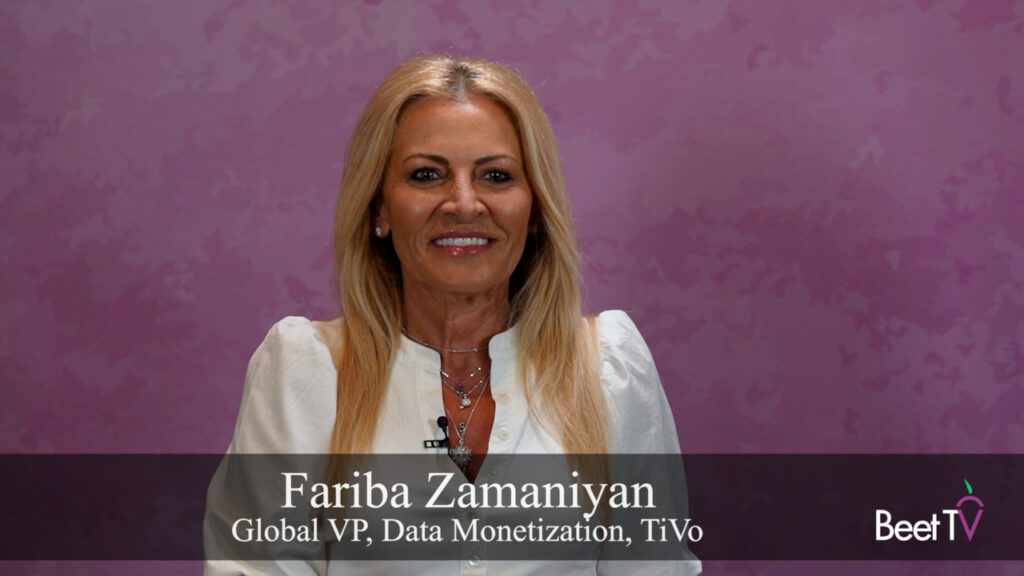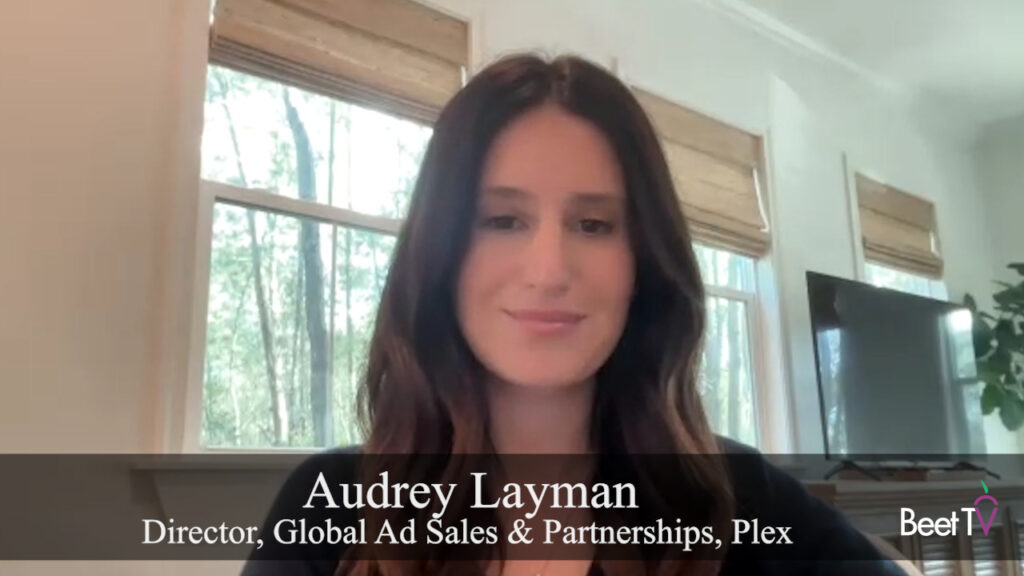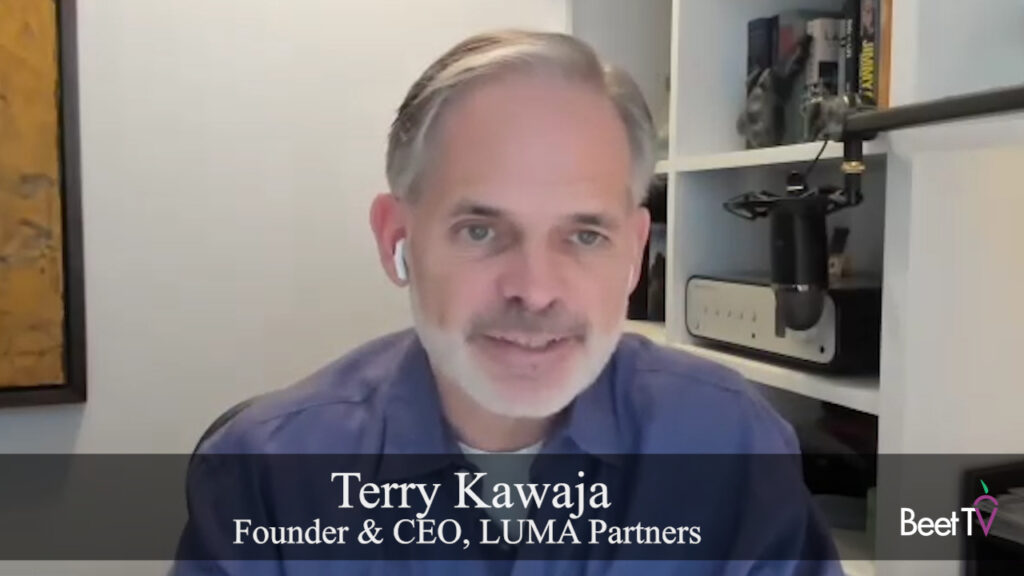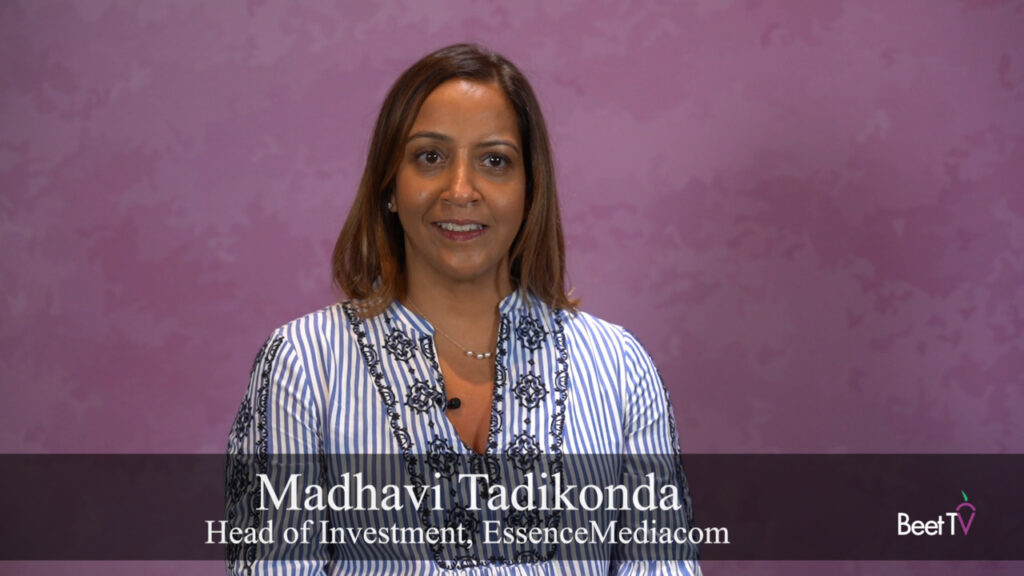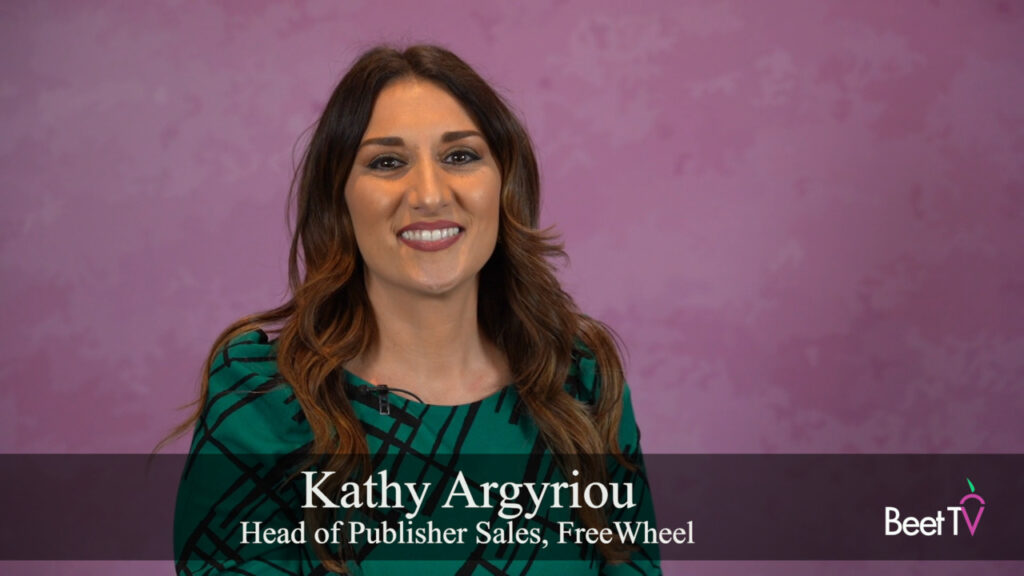SANTA MONICA — All advertisers and programmers want “attention”.
But, in a distractible world, what is attention, exactly, and how does it get made?
In this video interview with Beet.TV, one addressable TV enabler explains what research says about TV and attention.
Tuning in
Earlier this year, Finecast, GroupM’s addressable tv division, published research to better explain attention, which many companies are now aiming to monitor and package up as both a currency and a media measurement metric.
Nicola Lewis, Global CEO, Finecast, says the research uncovered two kinds of attention – active and passive.
“Obviously, you want active attention as a brand because it really means that that consumer’s leaning…,” she says.
“OTT (TV) performs about 20% better than linear TV in terms of active attention.”
Components of attention
Overall, Lewis says three components go together to influence the amount of attention given over to a message:
- Whether it is active or passive.
- The medium – ie. whether it is presented in a feed, on a big screen, on a mobile etc.
- The ad creative itself.
“Active attention doesn’t decay between a 30-second and a 60-second TVC,” Lewis says. “That really highlights the role of creativity in addressable television.”
Future TV
Finecast is GroupM’s specialist advanced TV buying unit. In 2017, WPP’s GroupM launched Finecast, aiming to “help advertisers address hard-to-reach TV viewers through a single access point with standardized measurement”, beginning in the UK.
Finecast aggregates video ad inventory in programming from some of the UK’s main commercial broadcasters, plus over most main set-top and over-the-top devices, from Sky’s satellite box to games consoles.
Leveraging GroupM’s decades of experience, Finecast works directly with CTV-operating broadcasters, rather than buying through SSPs or exchanges.








